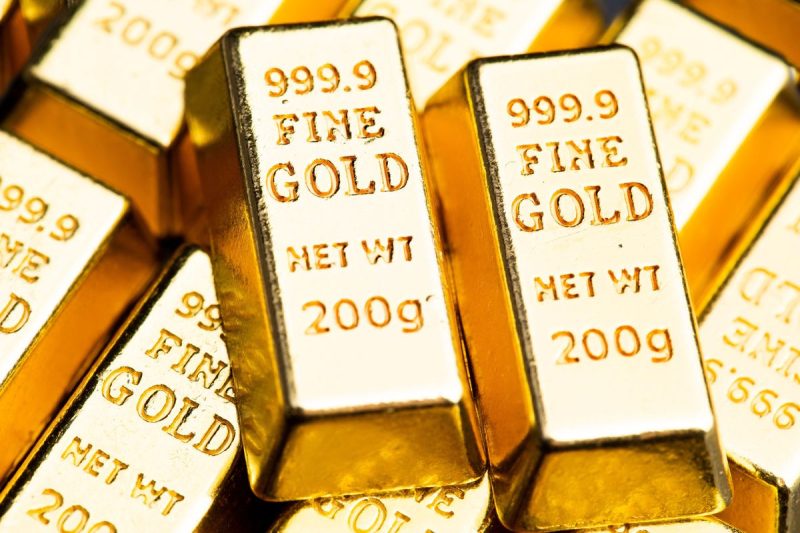
Unstoppable Golden Surge: Experts Predict More Radiance as Gold Price Smashes Record
The significance of gold as a trusted form of investment has been universally accepted since ages. Recently, the global gold market witnessed an all-time high, leaving investors, market analysts, and financial experts in a state of contemplation about whether it’s the peak or just a springboard to an even more astonishing height.
The surge in the price of gold didn’t happen in isolation. Several underlying factors contribute to this financial development, and understanding these can help investors make strategic investment decisions. Industry experts attribute the ongoing financial crisis, geopolitical unrest, economic instability due to the Covid-19 pandemic, and weakening dollar value as the chief reasons for the gold’s current bull run.
The economic havoc caused by the Covid-19 pandemic has led to a severe global recession. Consequently, central banks worldwide have adopted aggressive quantitative easing policies, essentially flooding the market with money by buying government securities. This increases the supply of money, thereby reducing its value. Even as currencies lose their value, gold maintains its worth, leading to an increased demand for this safe-haven asset.
Besides, geopolitical unrest and tensions are also playing a significant role in driving the price of gold upward. Whenever there is instability or uncertainty, investors tend to shift their assets into something that is tangible and has held its value over the millennium. Gold perfectly fits this criteria as it is though immune from political changes and maintains its worth even in times of socio-political crises.
In light of these conditions, many experts and market analysts strongly believe that this is not the ceiling for gold prices; they presume it’s merely the starting point for uncharted territories.
A common analogy that experts are voicing out regards the late 1970s surge in gold prices. They compare the current market scenario to the period between 1976 and 1980 when gold saw an exponential increase. Back then, a period of economic instability, high inflation, and geopolitical tensions led to a spike in demand for gold as a safe storage of value. Similar conditions prevail today; only the actors have changed.
Furthermore, the increasing interest of institutional investors and central banks in gold, the potential for a failing yield curve, and the probability of prolonged low interest rates all point towards the possibility of a continued surge in gold prices.
Strategists from big financial institutions such as Goldman Sachs, Bank of America, and JP Morgan also echo the sentiment that the gold rally is far from over. Their projections for gold prices in the next 18 months range from a modest $2,300 to an
